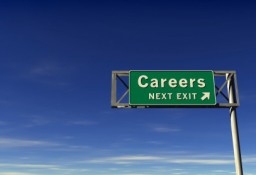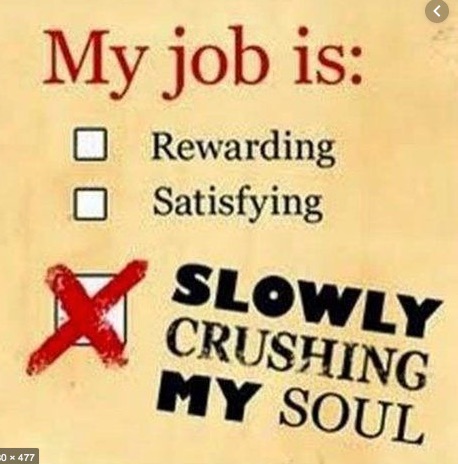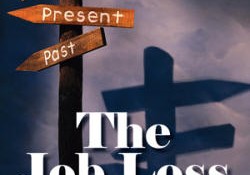It’s the end of another calendar year and a new one is right around the corner.
For the past 10 years, I’ve developed the habit reviewing my Daytimer (yes, I still prefer the paper version), starting day by day in last January and writing down all my accomplishments and activities that I most enjoyed right up to mid-December.
Why Plan
Human nature is such that we focus on the negative events in our lives. For example, my mother passed away last June. But, by reviewing, the good things that I achieved in my work and life for the past year puts her death in a more positive perspective for me.
When you break it down, life is such a gift, and I’m grateful to my mother for giving me a chance at a life brimming with wonderful experiences, both professional and personal. Sure, we’re all going to die, but my annual review reminds me that there’s a lot of living to do before then. And, by living, I mean doing what I find to be important and satisfying.
That is why I usually spend some time early in the New Year to reflect on my annual list of enjoyable experiences and think about my priorities for the coming year.
What to Plan
For example, I just picked up a piece of paper and created columns with the following headings: Social, Family/Household, Mental, Physical/Health, Financial, Professional, Spiritual. I wrote Jan-June 2023 at the bottom of the paper.
During the next month, I will write down the things I plan to do in each of those categories for the first 6 months of the year. I plan to do SMART (specific, measurable, attainable, relevant, timely) things. I will write some actions in the Jan & Feb pages of my new Daytimer to move me closer to achieving those things.
When to Act
Every two months or so, I go back to my piece of paper to review my priorities and plans and ask myself: “Do I still really want to do that?” If, yes, I take another action. If not, I leave it for the time being. Sometimes I add or delete certain activities.
What matters most to you in your professional and personal life? Do you invest time and energy to achieve those things?
The Payoff
Having done this now for the past decade, I am delighted with how much I accomplish each year. It is so easy to get caught up in the daily grind of life and forget about what really matters to us. But the things that matter don’t happen by themselves; instead, they require our attention and action.
Plug them into your schedule and enjoy an annual review of your personal and professional achievements. End each year in celebration…then plan for the next!










